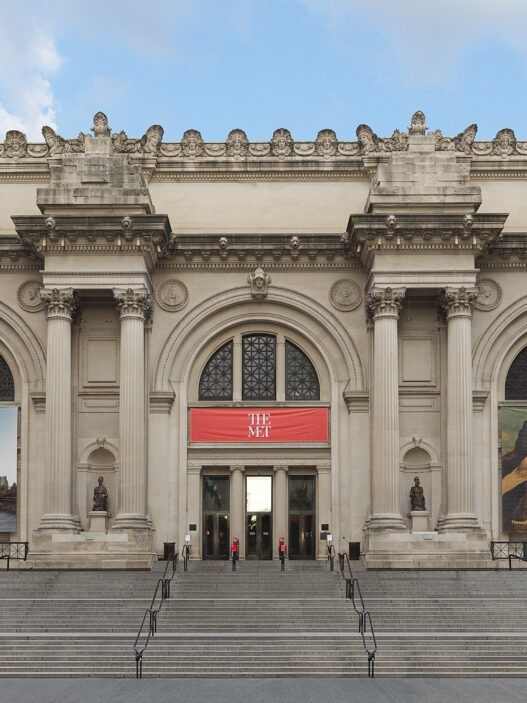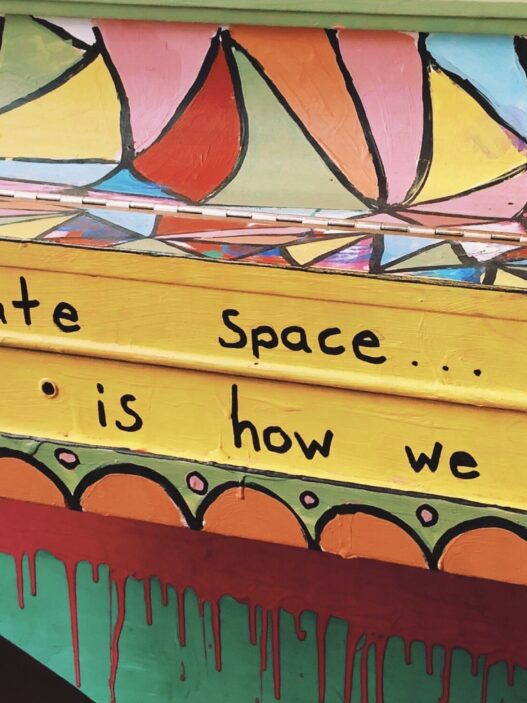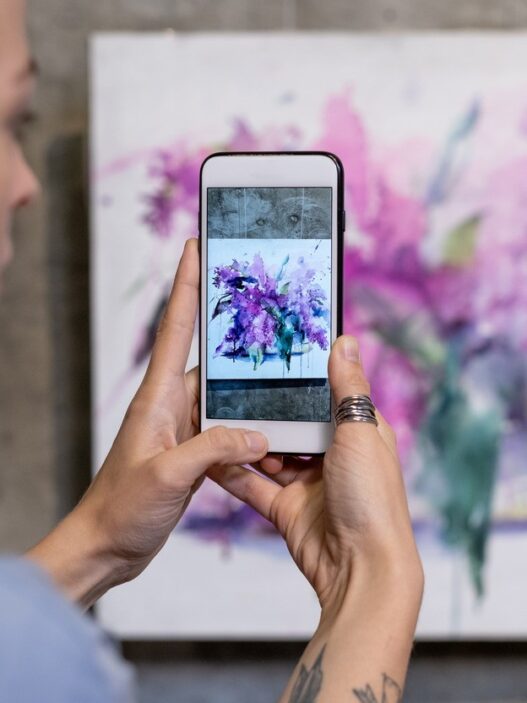In today’s digital age, having an online art portfolio is essential for any artist looking to showcase their work to a wider audience. However, building an online portfolio can be overwhelming, especially if you’re new to the world of online art. Here are some tips and tricks to help you create a stunning portfolio that showcases your unique style and talent.
Choose the right platform for your portfolio.
It’s critical to find the correct platform to showcase your work while creating an online art portfolio. There are numerous possibilities, such as website builders such as Wix and Squarespace, portfolio-specific sites such as Behance and Dribbble, and social networking platforms such as Instagram and Pinterest. When selecting a platform, think about your goals and the type of audience you want to attract. If you want to connect with other artists and industry experts, for example, a portfolio-specific platform like Behance may be the ideal solution. Social media platforms such as Instagram and Pinterest may be more effective for reaching a larger audience and gaining recognition.
Curate your work carefully.
It is critical to properly curate your work while creating an online art portfolio. Include only your best and most representative items, and make sure they reflect your distinct style and talent. Consider structuring your portfolio into categories or series to help viewers browse and comprehend your work. Don’t be hesitant to continually update your portfolio as you create new things or polish your style. Remember that your portfolio should be considered as a reflection of your artistic ability.
Use high-quality images and videos.
When creating an online art portfolio, it’s critical to present your work in the best light possible. This includes the use of high-quality photographs and videos that appropriately portray your artwork. Invest in a nice camera or engage a professional photographer to capture your items as accurately as possible. Make sure your photographs are well-lit, in focus, and show off your work’s subtleties. If you include videos, make sure they are well-edited and present your artwork in a dynamic and entertaining manner. High-quality pictures will help your portfolio stand out and leave an impact on prospective clients or companies.
Write compelling descriptions and artist statements.
Along with high-quality visuals, your online art portfolio should include interesting explanations and artist statements. These written pieces add context and insight to your artwork, allowing viewers to better understand your creative process and the meaning behind your pieces. Your artist statement should be brief and well-written, emphasizing your distinctive style and aesthetic vision. Your descriptions should include information about each piece, such as the media used, the motivation behind it, and any noteworthy features or approaches. Descriptions and artist statements that are well-written will help your portfolio stand out and leave a lasting impression on potential clients or companies.
Promote your portfolio through social media and other channels.
Once you’ve produced your online art portfolio, you should advertise it through a variety of platforms in order to boost visibility and attract new clients or employment. Instagram, Facebook, and Twitter are excellent places to share your artwork and increase attention to your portfolio. You can also contact art blogs, online galleries, and other art-related websites to see if they want to include your work. Attending art events and networking with other artists can also help you obtain exposure and connections in the art world. Remember that the more you market your portfolio, the more chances you’ll have to demonstrate your talent and advance your profession as an artist.




















